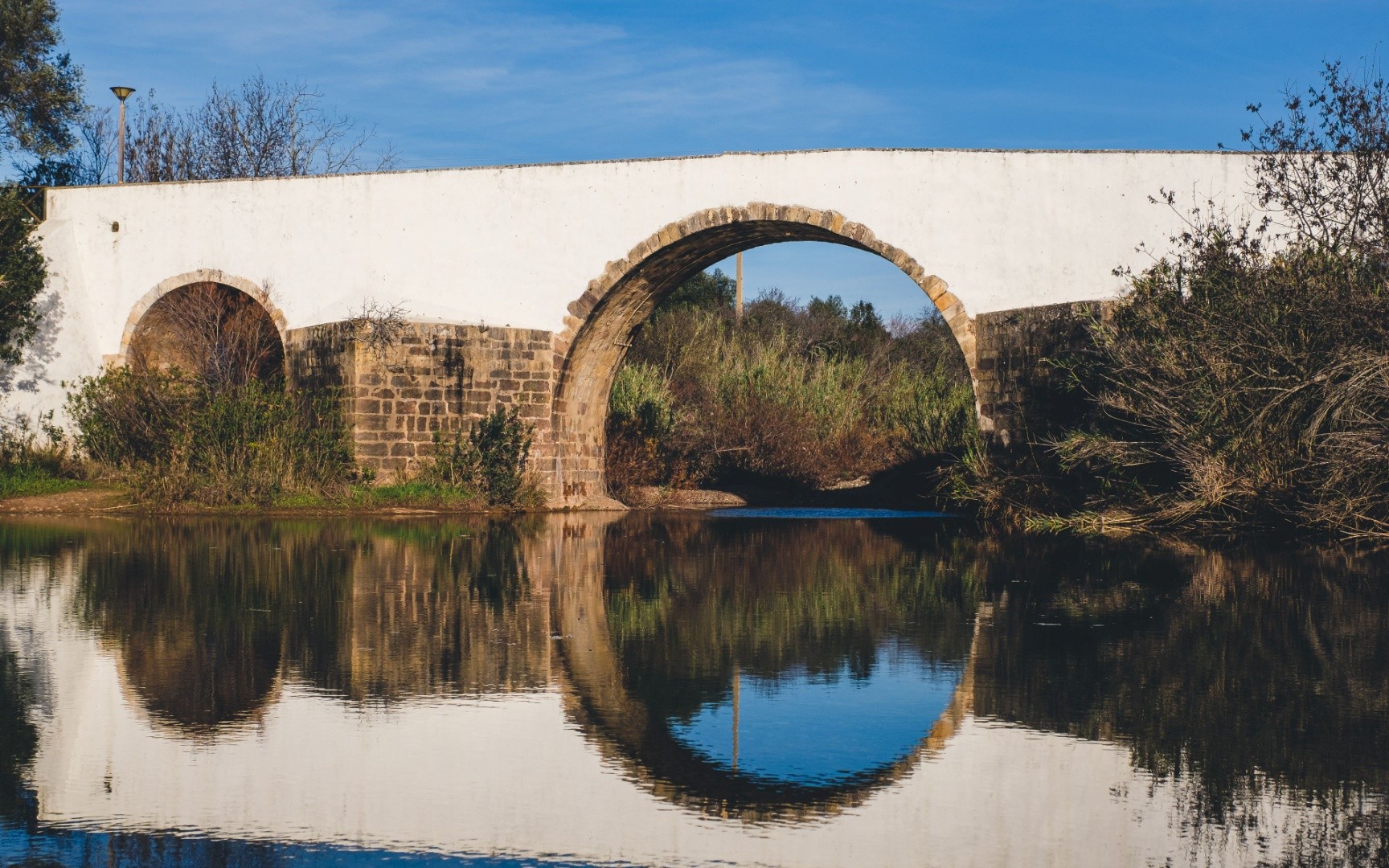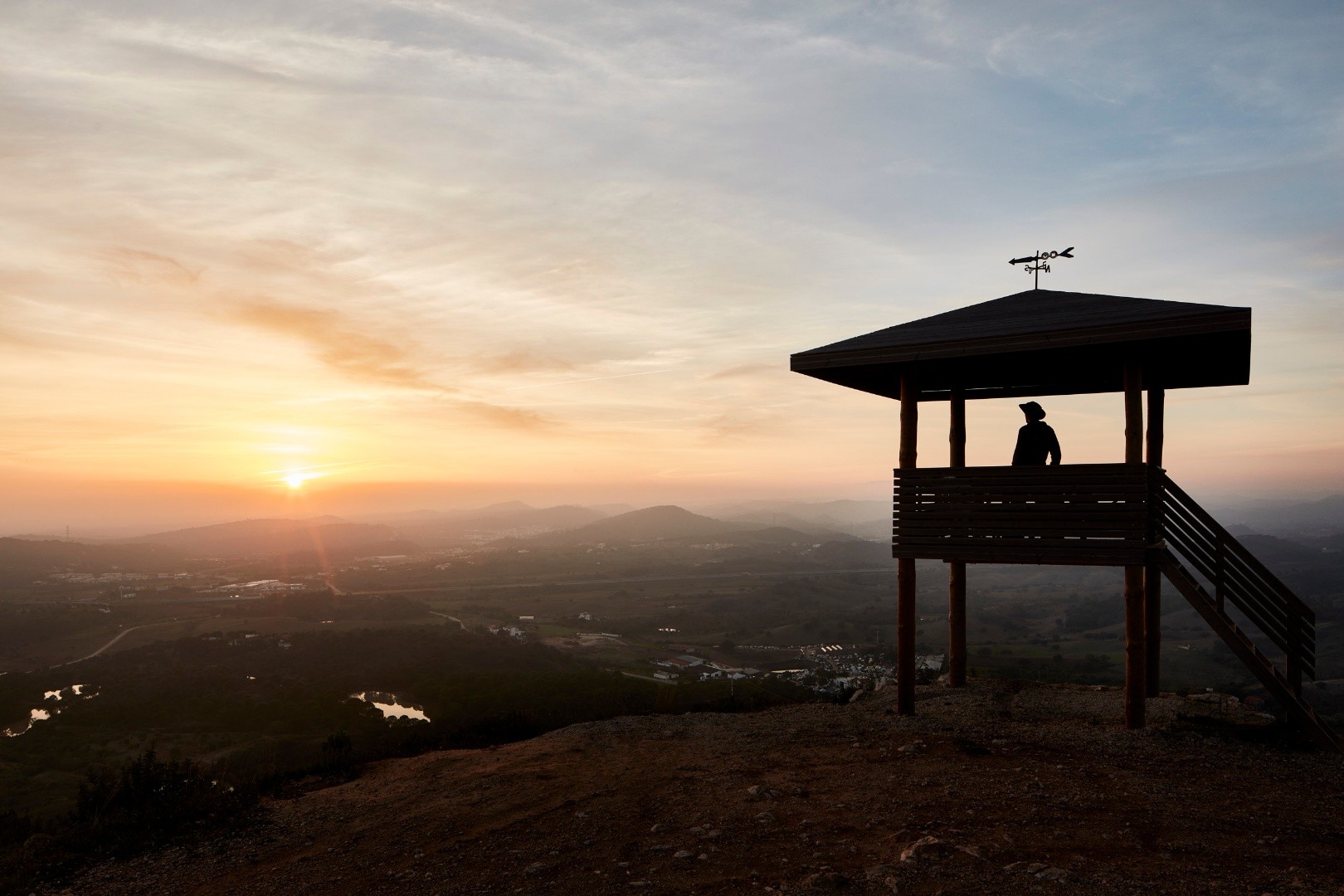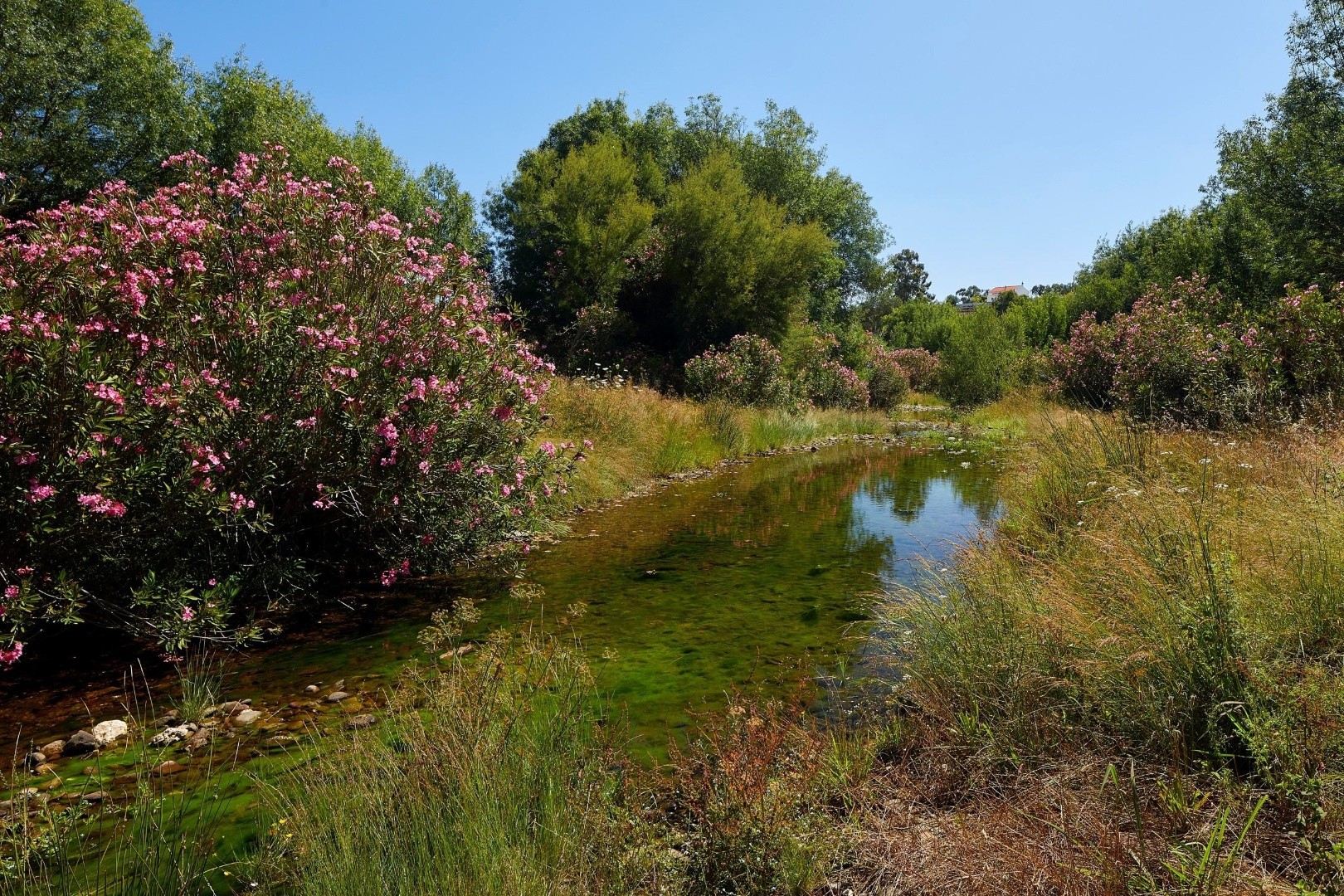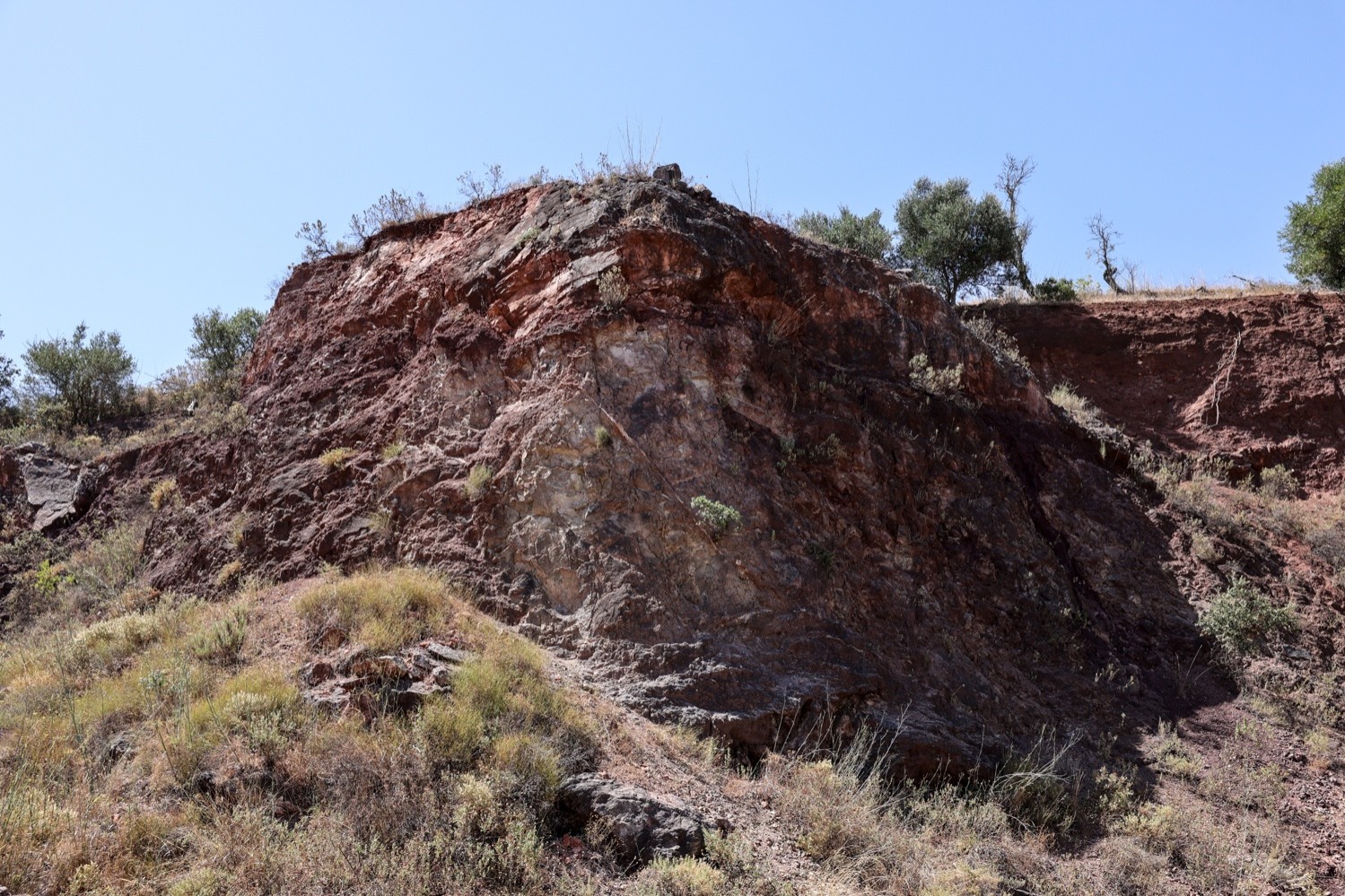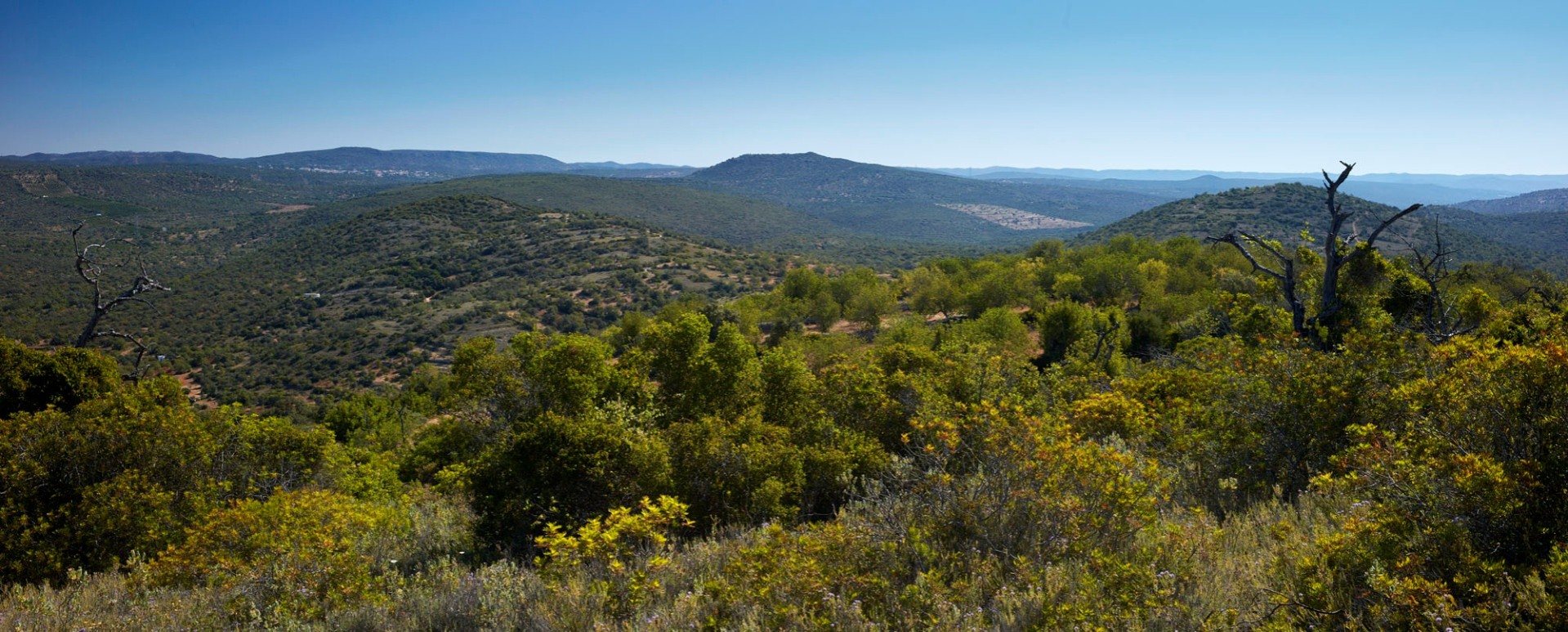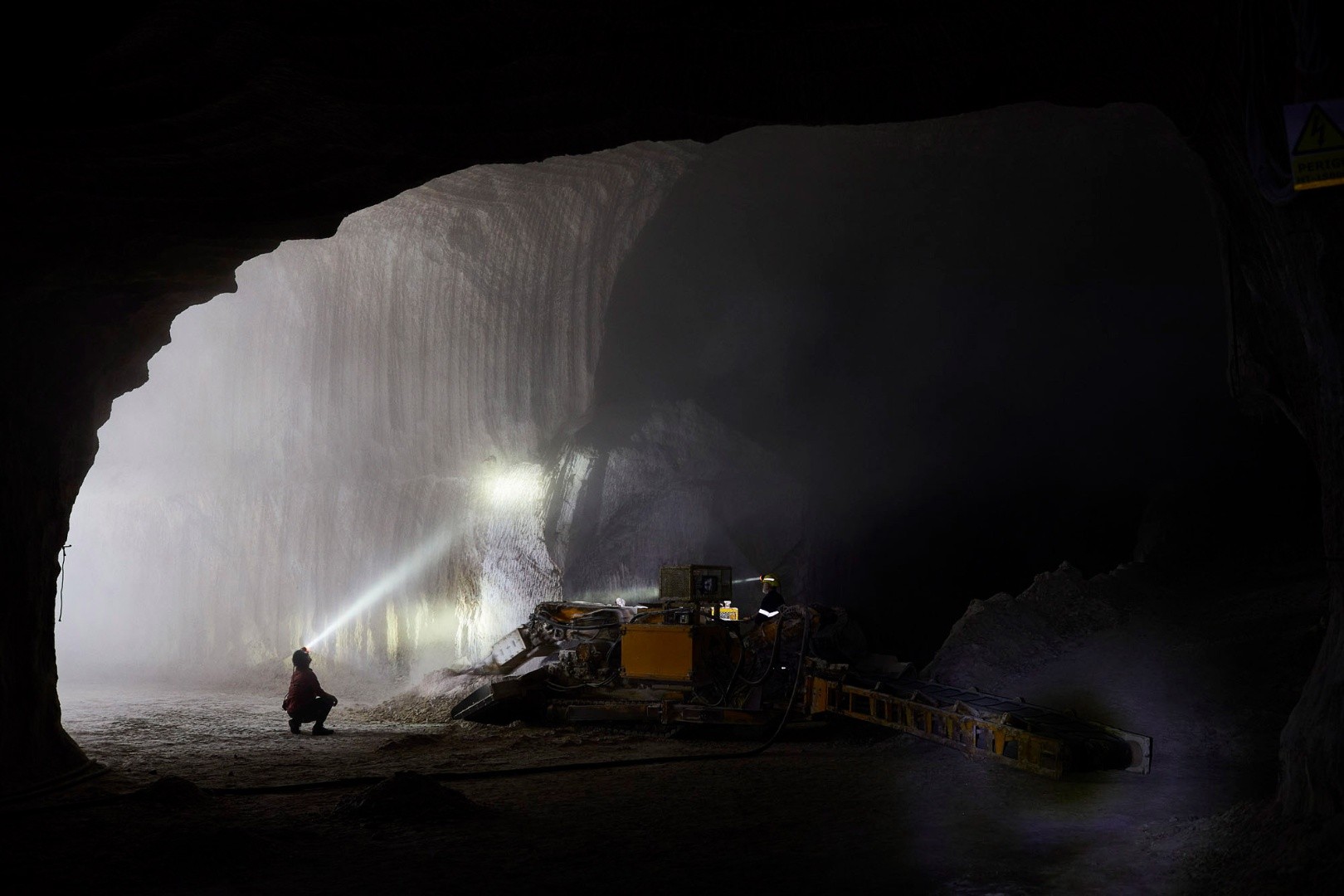GEOMORPHOLOGY
The most extensive karst landscape in the Algarvensis territory is found on the limestone and dolomitic rocks of the Upper Jurassic period (161-145 million years ago), specifically within the Cerro da Cabeça Formation, which is oriented in an east-west direction. The primary fields of lapias in this area include Varejora, Barrocal da Tôr, and Malhada Velha.
The karst features present include dolines, lapies, megalapias, caves, sinkholes, and karst pavements. The megalapias are particularly striking, contrasting against the blue sky and resembling large rock statues. They may take various forms, such as arches, needles, or towers. These structures, which rise several meters high, result from the dissolution of limestone by water. This process widens fractures and depressions, sculpting the landscape and leading to significant karst geomorphology.
The intense karstification also contributes to the formation of a red sediment known as terra rossa, which coats the soil and fills rock crevices and fissures, giving the Barrocal its distinctive colour. Overall, these elements underscore the crucial role of the underground karst system as a recharge area for several aquifers, including the Querença-Silves aquifer system.
Coordinates: 37.16938117, -8.077439958




